Jim Arnosky lived in a cabin in the woods near Hawk Mountain in Pennsylvania when he first started drawing Crinkleroot, and has won numerous awards for children’s science literature.
Crinkleroot books are a great way to introduce nature science for kids. The artwork and illustrations are excellent and presented as if they are drawings from a field notebook. The lessons and facts come in a casual flow, as if the reader is in a conversation with a consummate woodsman.
Crinkleroot embodies the classic image of an elder woodsman with a long white Santa Claus beard. He’s an avatar of a mountain man that reminds me a bit of Grizzly Adams mixed with Bear Grylls, rolled into the idea of being one with nature. As Crinkleroot says, “I Was Born in a Tree and Raised By Bees.” He’s the wise old sage who’s more than happy to walk through nature with the reader and pass on what it’s taken him a lifetime to learn.
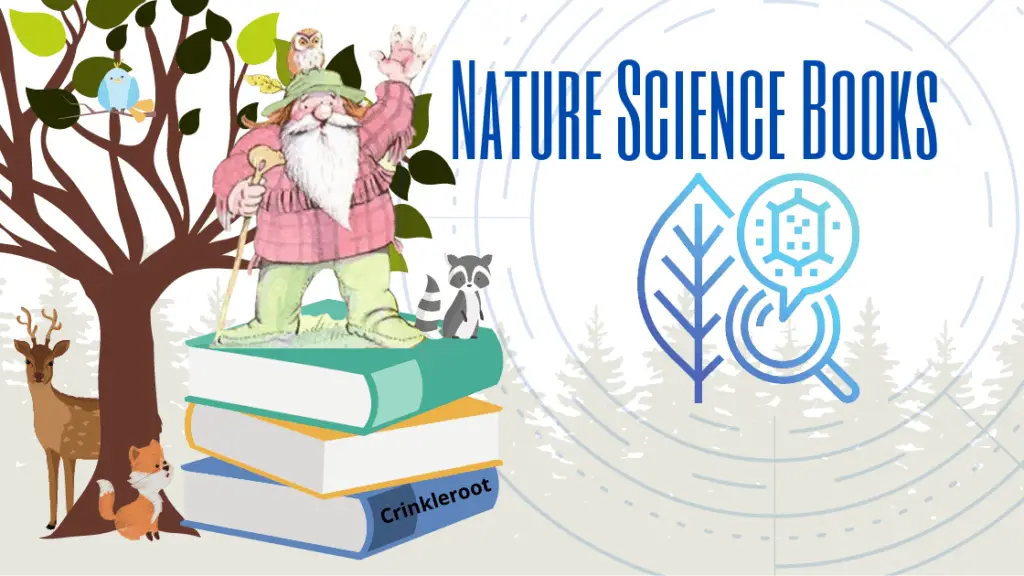
*We’re an affiliate – we may earn a commission through qualifying purchases from the links on this page. As always, thanks!*
There are numerous books in the series, each one focusing on an aspect of nature science for kids. Let’s explore:
Crinkleroot’s Guide to Knowing the Trees
by Jim Arnosky
In this book, woodsman Crinkleroot shares some of the secrets of the forest. You can tap into some knowledge learned by spending a lifetime among the trees.
It’s an easy and enjoyable read, and makes the science matter of fact and accessible. There’s quite a bit of information packed into a short storybook. You’ll learn the various parts of a tree, as well as the difference between broad leaf (deciduous) trees and evergreens (conifers.) There are plenty of hand drawn examples of commonly found leaves and pine needles from each category, so the reader can easily identify a tree by comparing a leaf to the drawings.
As Crinkleroot moves through the forest, he reveals why trees grow in the shapes they do, what trees look like on the inside, and how to tell the age of a tree.
He points out what kinds of wildlife to expect in a forest, and where they might be found. Again, there are splendid illustrations of the various forest creatures.
As a parting challenge, Crinkleroot encourages the reader to “spend a little time learning something about each individual tree you meet.” Sounds like some sage advice.
Follow-up: Go on a nature walk, or a walk in a park, or wherever you can find some trees. Let your child pick up some leaves to take home and draw (or take some home for yourself.).
Take Crinkleroot’s advice and stretch your powers of observation. Try to notice something different about each tree you come across. Don’t be afraid to start a notebook or journal and make notes and sketches.
Crinkleroot’s Guide To Knowing the Birds
by Jim Arnosky
In this book, Crinkleroot takes the reader on a bird-watching expedition. In the first lesson Crinkleroot demonstrates how to use binoculars to observe birds from a distance.
We learn about anatomy and all the parts of the bird, how to identify birds by their songs, the different types of bird nests and the birds who live in them, and how birds look from the time they hatch to full grown adult.
Crinkleroot tells us about resident birds that live most of their life in one place versus birds that migrate and spend the winter months in warmer climates.
The book closes with ways to attract birds to your own area. Suggestions include bird baths, bird feeders, bird houses, and bushes for them to nest in.
After reading this book, we used some of the principles taught to find some birds nesting in our own backyard. One of our boys noticed our sidewalk had a spot that was “very dirty.” Yes, we had a chunk of sidewalk littered with bird poop. It happened to be right under a tree.
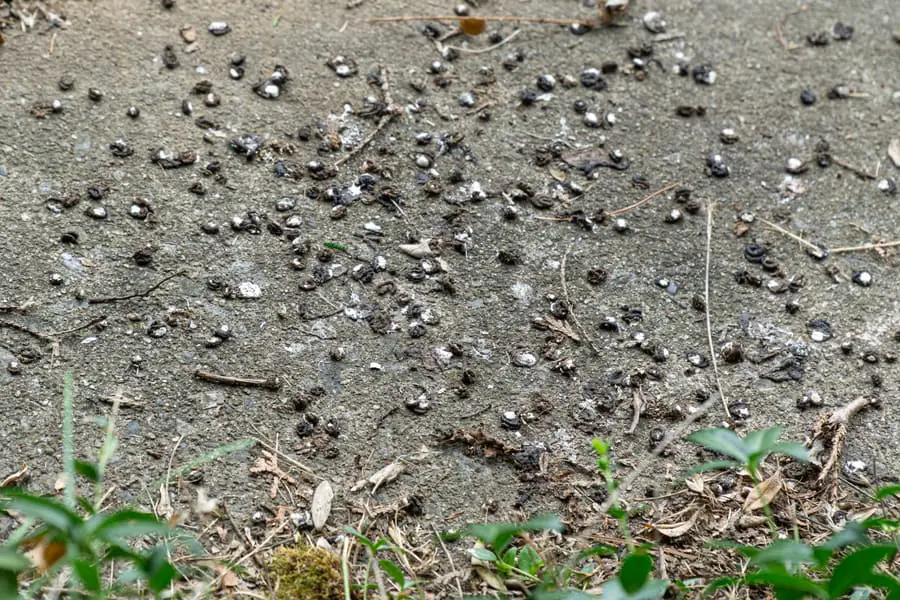
Looking directly above the marked spot, we peeked into the tree to find a dove nest nestled into the evergreen branches. It was completely obscured from view outside, but we could see it once we knew where to look. It was great to see the kids applying what they learned.
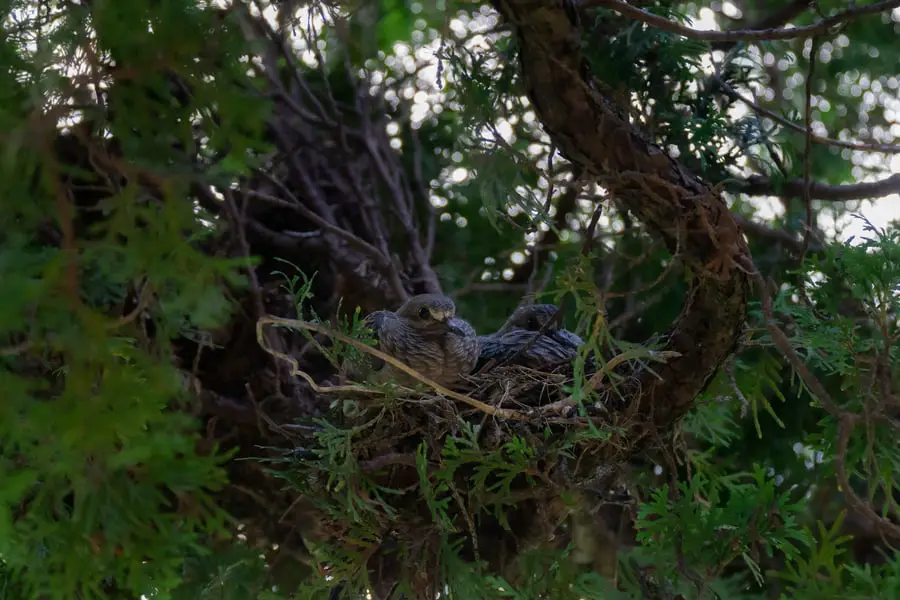
25 Birds Every Child Should Know
by Jim Arnosky
Jim Arnosky believed knowing individual animals helps form a core understanding of the larger group, much like understanding individual letters lead to the formation of words. Crinkleroot’s 25 Birds Every Child Should Know introduces us to a collection of birds that will help young nature lovers to begin building a core vocabulary .
In the author’s words, “We all know how important it is for a child to learn individual letters and numbers before mastering combinations of them in words or problems. Once a child has this knowledge, reading and math follow. I also believe it is important to learn to recognize a core group of animals. Once a child has this foundation, a greater and lasting appreciation and knowledge of the animal kingdom will grow.”
The first few pages are crammed packed with bird facts. We learn how their feathers protect them ,how birds fly, which birds are biggest and which birds are smallest.
The remainder of the book is serves is a gallery for the authors wonderful watercolor paintings.
- Penguin
- Loon
- Swan
- Goose
- Duck
- Pelican
- Gull
- Heron
- Stork
- Turkey
- Chicken
- Vulture
- Eagle
- Woodpecker
- Owl
- Pigeon
- Parrot
- Ostrich
- Hummingbird
- Bluebird
- Jay
- Crow
- Cardinal
- Robin
- Sparrow
25 Fish Every Child Should know
by Jim Arnosky
Crinkleroot start us off with some basic fish facts. We learn how fish can breathe underwater, and how they swim. There are nature illustrations demonstrating each of the points.
Afterward we’re treated to a watercolor portrait gallery of various kinds of fish. The book is split about half and half between freshwater and saltwater fish:
- Goldfish
- Carp
- Sunfish
- Bass
- Perch
- Trout
- Minnow
- Sucker
- Catfish
- Pike
- Gar
- Eel
- Flounder
- Herring
- Cod
- Mackerel
- Barracuda
- Bluefish
- Tuna
- Swordfish
- Stingray
- Shark
- Flying Fish
- Angelfish
- Seahorse
“It is important to learn to recognize a core group of animals. Once a child has this foundation, a greater and lasting appreciation and knowledge of the animal kingdom will grow.”
Jim Arnosky
Crinkleroot’s Guide to Animal Tracking
by Jim Arnosky

We walk with Crinkleroot through the forest and woods as he shows us signs of animals living there.
We learn how to spot the tracks of various animals like beavers, otters, Birds, rabbits, and many others. Crinkleroot also shows us there is much more to tracking animals than just their footprints. We visit a beaver dam where we can see signs of the logs that the Beavers chewed, the pond created by their damn, and the Beaver Lodge itself.
The book is filled with hand drawn sketches of what the tracks look like, complete with the markings the animals Tails make as they drag the ground. We also see the difference and some animals tracks when there were walking versus when they’re running. Many pages have puzzles where Crinkleroot challenges the reader determine what the animals were doing or eating based solely on the tracks that they left behind.
Crinkleroot is more than happy to share his nature secrets, and even shows us how to find an owl in the daytime near its nest.
After showing us the animals in the forest, Crinkleroot challenges the reader to look for signs of animals where they live.
Follow up: What animal tracks or signs can you see in your backyard or a nearby park? If you’re walking through the city, can you find evidence of animals there?
Crinkleroot’s Guide to Knowing Animal Habitats
by Jim Arnosky
Explore animal habitats with Crinkleroot, and learn what animals need to live. Walk through the wetlands and learn the difference between marshes, swamps and bogs.
Spend some time with Crinklroot in his usual stomping grounds of woodlands and forests, and venture to some desert environments.
This book, unlike many of the Crinkleroot books and guides, is still in print and easily found. You can check the current pricing on Amazon for Crinkleroot’s Guide to Knowing Animal Habitats.
Crinkleroot’s Guide to Walking in Wild Places

Wildlife exploration involves quite a bit of walking through nature, and this is where Crinkleroot seems most at home. In this guide, he invites the reader to join him on a trek through nature.
Along the way, we learn how to dress, how to avoid simple dangers along the way like ticks or bee stings, and how to spot poisonous plants.
We learn how to spot and enjoy wildlife along the way, and that it’s best to observe and not disturb.
This book is a great way to prep younger kids for hikes or nature walks. I certainly could have used some of the tips for poisonous plants before some of my youthful romps through the woods, so hopefully (with Crinkleroot’s help) I can teach my kids to do better.
Follow up: Use the lessons in this book and get out and explore! Go hiking, go for a walk, even if your “wild” place is just your own neighborhood or a local park.
Crinkleroot’s Guide to Giving Back to Nature
In this Crinkleroot book, our favorite woodsman tells us how we can provide for nature in much the same way it provides for us. We walk with Crinkleroot through nature and through various seasons as he suggests activities kids can do themselves (or with a little adult guidance.)
Something as simple as providing food for wildlife (especially in winter) is a great way to give back, and our nature guide is quick to share what seeds ans snacks are favored by various animals?
Follow up: What can you do to give back to nature?


Wrap Up: Nature Science for Kids in Crinkleroot Books
Some of the Crinkleroot books may be a bit hard to find if you’re looking for your own copy. Amazon has many of them available for free with Kindle Unlimited or through print on demand. You could also try your local library (ours has quite a number of them.) And don’t miss our post on why every kids needs a library card.
Crinkleroot is a fun and friendly way to introduce kids to nature science, wildlife, hiking, exploring, conservationism, and taking a breath to just enjoy nature.
These are kids’ books and are not meant to be a deep dive or comprehensive resource. In each book or guide, Crinkleroot scratches the surface, providing just enough information to encourage further exploration on your own – be that through other books or by exploring nature.
For more nature science fun, Jim Arnosky has a number of free coloring pages available on his website if you’re interested in coloring your own animal guides.
-
11 Outstanding Math Books for Preschoolers
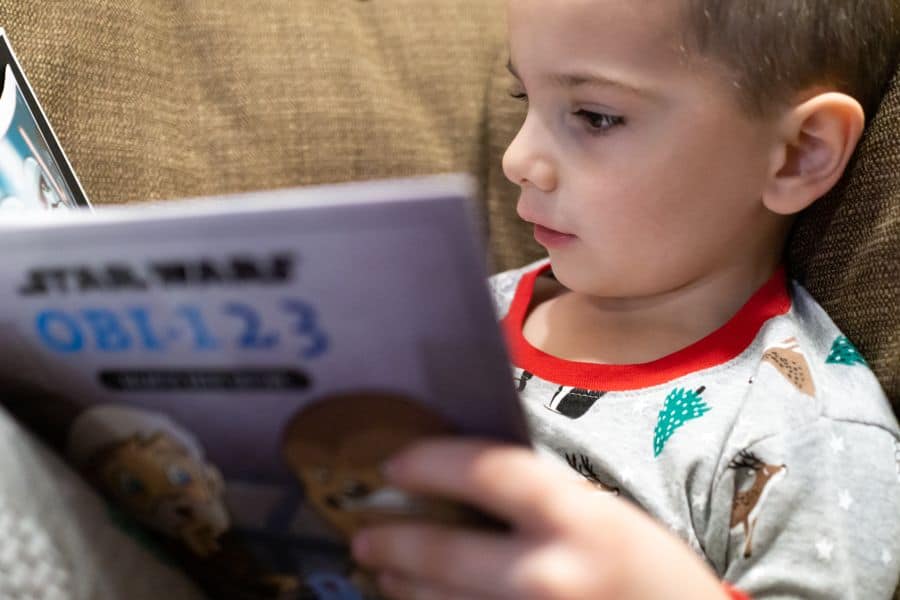
Getting kids started in math can be a challenge. Where do you begin? Here’s our favorite outstanding math books for preschoolers that can help break the ice.
-
13 Inspiring Children’s Books About Female Scientists
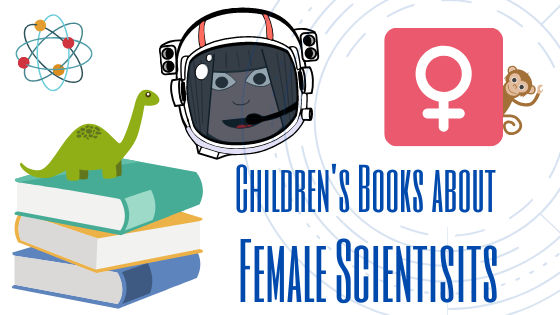
Against great odds women have made some amazing discoveries and contributions to science. Here’s our favorite children’s books about female scientists.
-
14 Engineering Books for Kids: Picture & Story Books that Inspire

Here’s our favorite engineering books for kids. These are easy to read picture books and show how imagination and creativity can lead to great designs.








